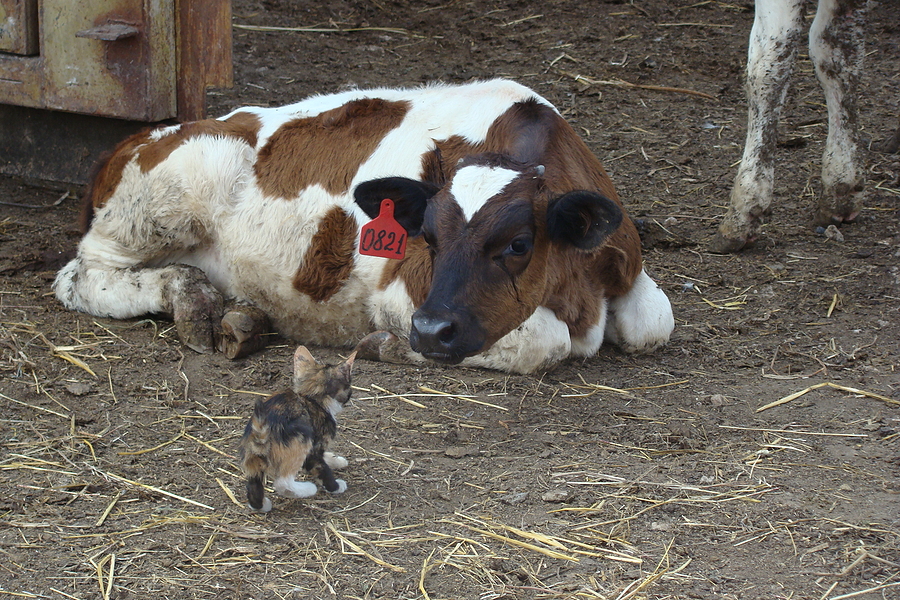
Evidence of a spillover of the highly pathogenic avian influence H5N1 virus among some mammals have been revealed in a new study from the Cornell University College of Veterinary Medicine.
The research, “Spillover of Highly Pathogenic Avian Influenza H5N1 Virus to Dairy Cattle,” published in Nature, reveals a mammal-to-mammal transmission of the virus—between cows and from cows to cats and a raccoon. Researchers used whole genome sequencing of characterized viral strains to gather information.
“This is one of the first times that we are seeing evidence of efficient and sustained mammalian-to-mammalian transmission of highly pathogenic avian influenza H5N1,” says Diego Diel, DVM, MS, PhD, associate professor of virology and director of the Virology Laboratory at the university’s Animal Health Diagnostic Center, and a co-corresponding author of the study.
Researchers have identified cases of cow-to-cow transmission when infected cows from Texas were relocated to a farm in Ohio. The study also revealed the virus had spread to cats, a raccoon, and wild birds found dead on the affected farms. It is believed the cats and raccoon became ill after consuming raw milk from infected cows. While the exact route of infection for the wild birds remains unknown, research shows it may have been due to environmental contamination or aerosols generated during milking or cleaning processes.
“The concern is that potential mutations could arise that could lead adaptation to mammals, spillover into humans, and potential efficient transmission in humans in the future,” Dr. Diel says, adding efficiency of human infection is currently low.
In a statement released by the university, Diel highlights the importance of continued monitoring of the virus in animals and humans, as well as early testing, enhanced biosecurity, and quarantines to contain the virus’s spread.
For more information, visit the Cornell Chronicle website.
